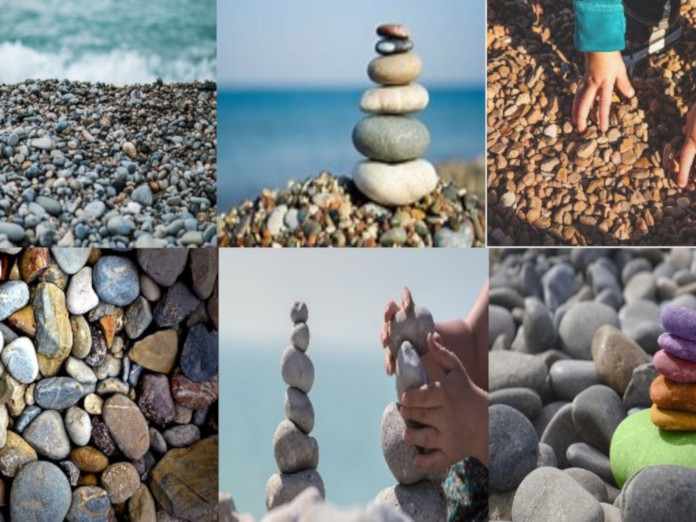With playgrounds closed, you may be struggling to find creative ways of playing with your children during their daily exercise. Margaret Travers, an early years educational consultant from Hythe, who specialises in training sessions and workshops for parents and teachers in outdoor science and outdoor maths, has some suggestions which you may find helpful:
Margaret says “children can learn science and maths without realising and really simple outdoor activities promote learning and progress.
“If you can get your children to a beach, watch them pick up and look at the stones. Some have holes, some are tiny, they are all very different in shape, size, and textures. Children love to feel them, sort them, place them on sandcastles, and make towers with them. They enjoy putting them into buckets and skimming them into the sea”.
This type of play promotes really great mathematical and scientific thinking! “Give your children time and space, follow their interests, don’t take over, just encourage. Show curiosity alongside your child”.
Comparing weights, shape and size of the different pebbles are vital maths skills, and crucial in school, when children start to calculate.
Skimming pebbles equals weight and speed
“Playing games such as skimming pebbles into the sea, helps children learn concepts of weight, distance, time and speed. Which stones are the best skimmers? The flat ones, the heavy ones or the light ones? Perhaps the children can make two piles, best and worst skimmers”.
If you live far away, or aren’t able to get to a beach, any woodland, green space, park or garden is an opportunity to compare, contrast, count, explore and talk about what children find. It might be leaves, sticks, twigs, snails, pieces of bark, wood, grasses or flowers.
She says that children will love exploring pebbles in a bucket of water, watching them float or sink, this promotes a scientific perception of density. Whether an object floats or sinks depends on its density. Density is how tightly packed the material inside an object is. Just because something is heavy does not mean it will sink. For example, ships are very heavy but not very dense so they float.
Exploring textures and colours
She suggests exploring textures and colours. “Describe the stones for your child, rough, smooth, lumpy, bumpy, heavy, light” and then point out the “flecks of colour and patterns on the stones”. Young children have sensitive nerve endings in their fingers and they will love describing stones that are similar and those that are different.
Encourage children’s understanding of quantity, height, shape, space, distance and speed. Let the children show good imagination with the objects, using them to make towers, patterns, and small world imaginative games. Painting and drawing on stones, sticks, bark and leaves promotes creativity.
Take time, enjoy and know your child is a little scientist! Exploring and playing are the key ingredients to support learning in school and can make your time together more focused and fun.
Some of these activities may have to wait until after we come out of lockdown but if you have ideas for creative play during this period, share your views here.
Image Credits: Margaret Travers .



